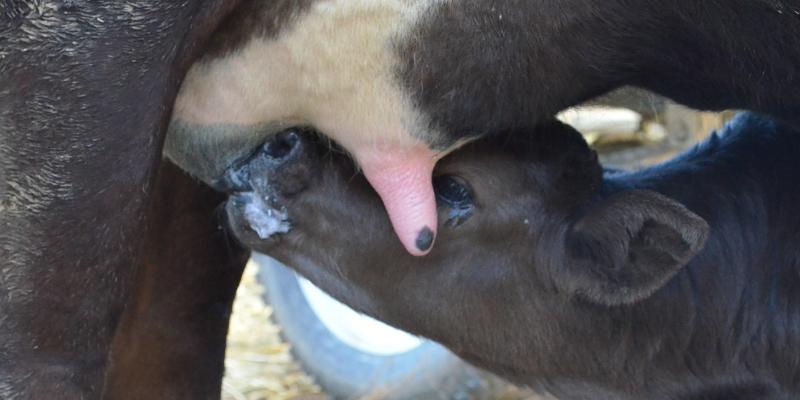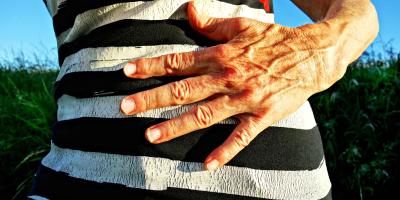The Municipal Hospital of Ruda Śląska has managed to feed a 23-week premature baby whose mother abandoned it in the hospital. The baby was fed with milk from a human-milk bank.
Discharged in good condition, as the perinatology ward’s staff stated, the baby was adopted by a foster family. It wouldn’t be possible to feed the child with breast milk if it wasn’t for the milk bank established by the hospital in Ruda.
The first Polish human-milk bank was launched in March 2012, in the W. Orłowski Hospital of the Centre of Postgraduate Medical Education in Warsaw. It was followed by milk banks in Ruda Śląska, Toruń and other cities. Their international history spans over 100 years.
Prematures first
Bank milk is in the first place given to premature infants with a low birth weight of less than 1 kg. Next in line are other prematures. The milk is also available to babies born at full term whose mothers, however, have a low milk supply or can’t breast-feed due to an illness or received medication.
In some women, milk supply is too low in the first days after birth. A 2008 study conducted in three Warsaw hospitals found that only 9 percent of mothers had enough milk to feed their premature babies on their own.
Aleksandra Wesołowska, M.D., President of Fundacja Bank Mleka Kobiecego (The Human-Milk Bank Fund)points out that mother’s milk is not only food, but also a medicine of much greater value to a baby than any artificial mixtures. It helps curb hospital infections, especially in the most vulnerable ill and prematurely-born children.
The bank officials claim they have no problems getting women to be honorary milk donors. “In the year since the bank in Ruda was opened, only one woman refused to be a donor," said neonatologist Marta Twardoch-Drozd, M.D.
Safe preparation
To be an honorary milk donor, a woman is required to undergo screening tests to make sure that she’s not infected with microbes, including in particular HIV, syphilis or hepatitis C. Also, the woman cannot drink alcohol and smoke cigarettes.
The milk is collected from mothers in designated lactation rooms and stored into sterile containers. Next, the milk is pasteurised by being kept for 30 minutes under a temperature of 62.5 C, in order to destroy all viruses and most of unwanted bacteria it can contain.
Once processed this way, the milk is frozen and kept under minus 20 C in temperature-controlled freezers. The milk can stay in the freezer for up to three months. Also, processed milk can be delivered to institutions that are in need of it. Once defrosted, the milk is divided into portions that have to be used up within 24 hours. At each stage of this process (collection, processing and portioning)the milk is catalogued, with a thorough record being kept for each portion.
Maria Wilińska, M.D., head of the clinical neonatology ward of the W. Orłowski Hospital in Warsaw, points out that the bank milk is different than that which a baby receives when breastfed. This is because during the processing, some of its components are deactivated. It keeps, however, all the essential nutrients and components.









Comments (0)